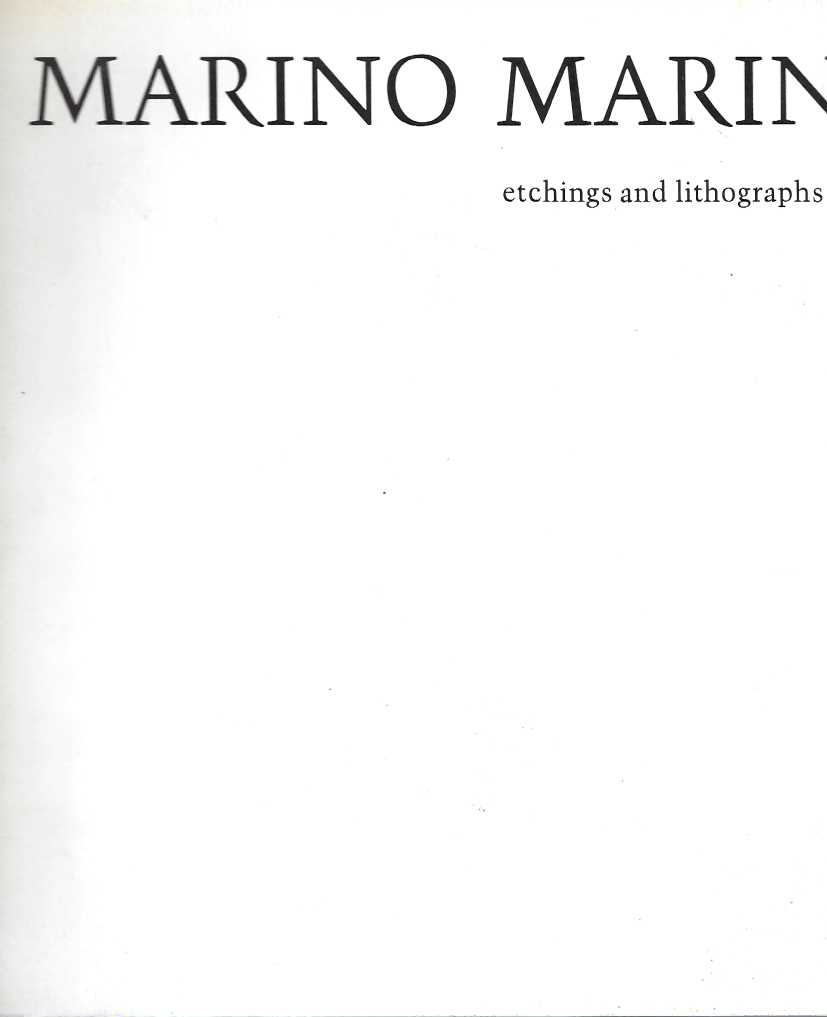Italian Spring Festival, October 1980. 108 p. : ill. (some col.) ; 26 cm. #101021/020724
Marini, Marino, 1901- — Exhibitions. | Art galleries. Perth. Art Gallery of Western Australia. Exhibits: Italian etchings. Marini, Marino, 1901-1980. Catalogues
Marino Marini (27 February 1901 – 6 August 1980) was an Italian sculptor.
Marini developed several themes in sculpture: equestrian, Pomonas (nudes), portraits, and circus figures.[11] He drew on traditions of Etruscan and Northern European sculpture in developing these themes. His aim was to develop mythical images by interpreting classical themes in light of modern concerns and techniques.[12]
Marini is particularly famous for his series of stylised equestrian statues, which feature a man with outstretched arms on a horse. The evolution of the horse and rider as a subject in Marini’s works reflects the artist’s response to the changing context of the modern world. This theme appeared in his work in 1936. At first the proportions of horse and rider are slender and both are “poised, formal, and calm.” By the next year the horse is depicted rearing and the rider gesturing. By 1940 the forms are simpler and more archaic in spirit; the proportions squatter.[12]
After World War II, in the late 1940s, the horse is planted, immobile, with neck extended, ears pinned back, mouth open. An example, in the Peggy Guggenheim Collection in Venice, is “The Angel of the City,” depicting “affirmation and charged strength associated explicitly with sexual potency.”[12] In later works, the rider is, increasingly, oblivious of his mount, “involved in his own visions or anxieties.” In the artist’s final work, the rider is unseated as the horse falls to the ground in an “apocalyptic image of lost control” which parallels Marini’s growing despair for the future of the world.[12]
(Note: Some signs of wear. Inserted: Update on works available / not available.)
